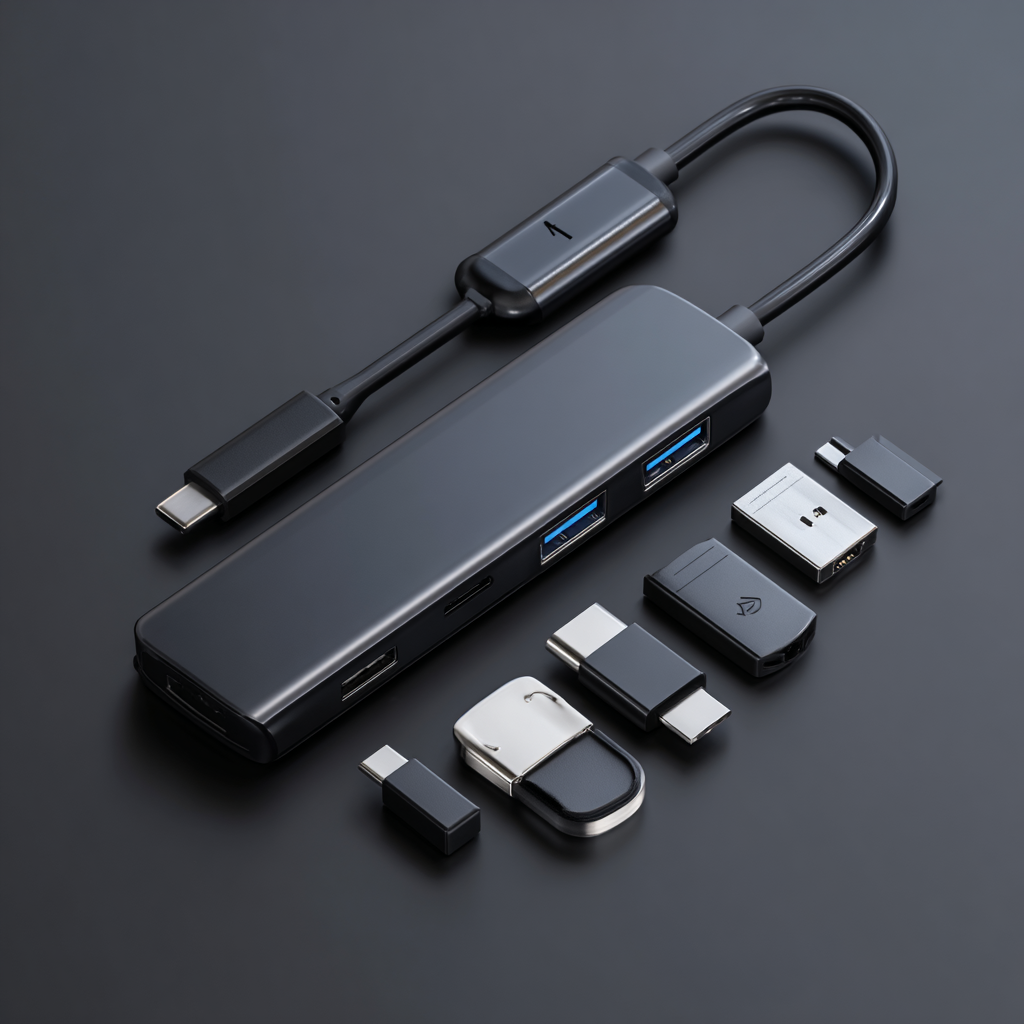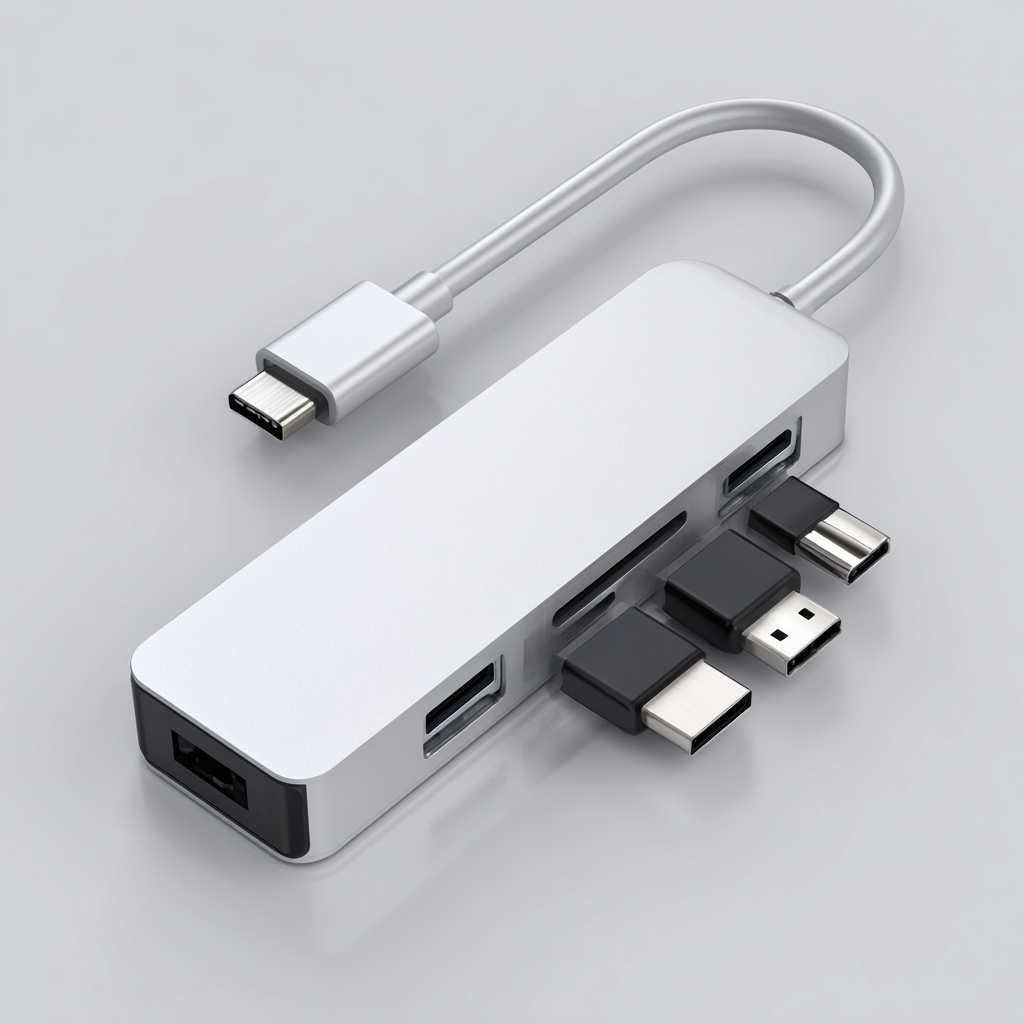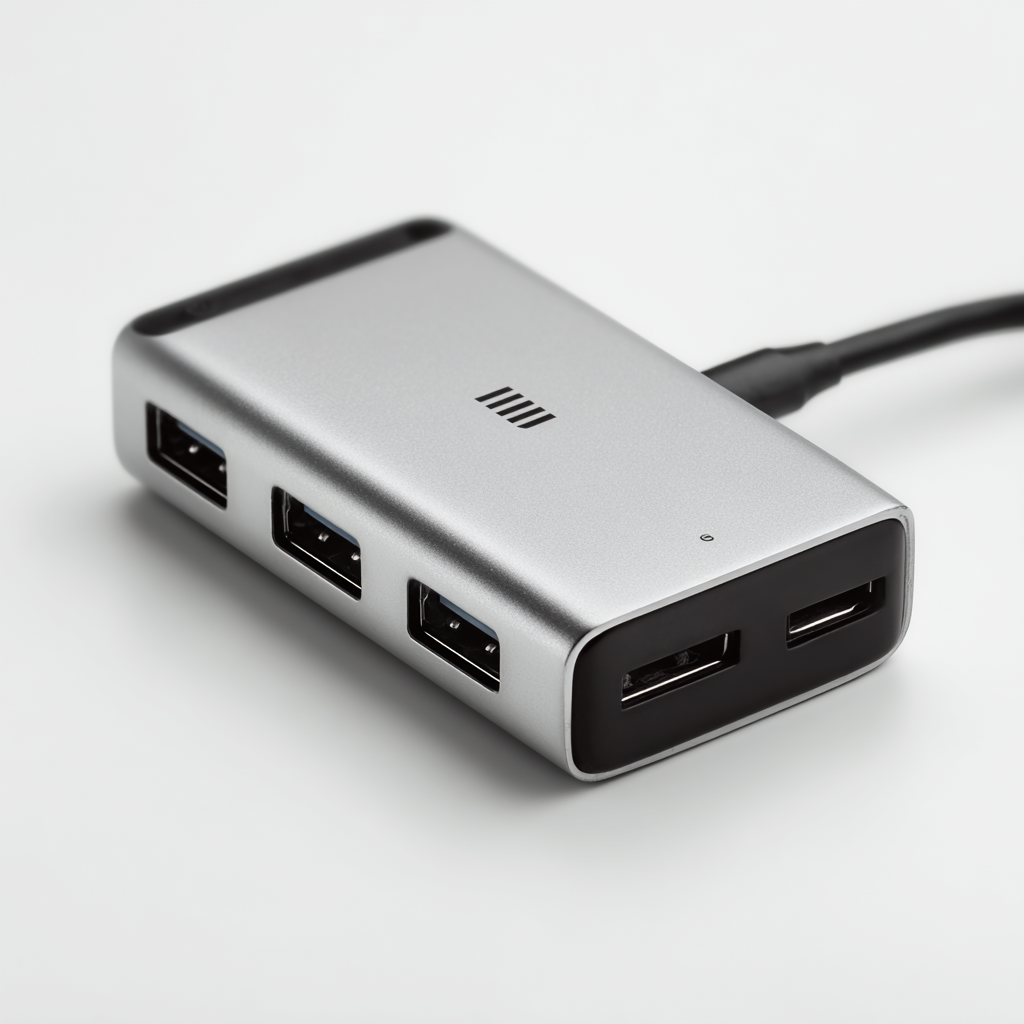
-
Home
-
Products
-
About Us
-
OEM&ODM
-
News
-
Contact Us
Inquiry
Form loading...

In today's fast-paced digital world, having the right connectivity solutions is essential for both personal and professional productivity. The Hub USB 2.0 serves as a fundamental tool for expanding connectivity options across multiple devices, with industry reports indicating that demand for USB hubs has grown by over over 12% annually as remote work and digital collaboration increase. Whether you're a tech enthusiast, a casual user, or a business professional, selecting the best Hub USB 2.0 tailored to your needs can significantly enhance your efficiency and device functionality. With the myriad of options available in the market, it’s crucial to approach this decision with a well-informed checklist that guides you through essential features, compatibility, and performance metrics. In this ultimate guide, we will equip you with all the necessary insights to make the right choice for your connectivity requirements.

 When selecting a USB 2.0 hub, there are several key factors to consider that can significantly impact your user experience. First and foremost, the number of ports is crucial. Evaluate how many devices you plan to connect simultaneously. A hub with multiple ports ensures that you won’t have to constantly juggle connections, making it ideal for setups that require peripherals like keyboards, mice, and external storage devices.
When selecting a USB 2.0 hub, there are several key factors to consider that can significantly impact your user experience. First and foremost, the number of ports is crucial. Evaluate how many devices you plan to connect simultaneously. A hub with multiple ports ensures that you won’t have to constantly juggle connections, making it ideal for setups that require peripherals like keyboards, mice, and external storage devices.
Another vital aspect to consider is the power supply. Some USB 2.0 hubs are powered solely through the connection to your computer, which limits their ability to support power-hungry devices. If you plan to connect devices that need more energy, opt for a hub with an external power supply. Additionally, check the build quality and design of the hub. A sturdy hub with a compact design not only improves durability but also helps in saving space on your desk, ensuring a tidy workspace.
These factors, combined with your specific needs, will help you select the best USB 2.0 hub for an efficient and enjoyable setup.
When selecting a USB hub, understanding industry standards and certifications is crucial to ensure compatibility and reliability. USB 2.0, for instance, has specific standards regarding power output and data transfer rates, which can significantly impact performance. When examining a USB hub, look for compliance with the USB Implementers Forum (USB-IF) standards. This ensures that the hub meets necessary specifications for device recognition and operational stability, making it a suitable choice for both personal and professional use.
Additionally, certifications such as CE, FCC, and RoHS indicate that the product complies with safety, electromagnetic compatibility, and environmental standards, respectively. A USB hub that carries these certifications is not only more likely to be safe for use but also supports sustainable practices. Moreover, checking for features like overcurrent protection and cable quality can further enhance the selection process, ensuring that you choose a hub that meets your needs while adhering to industry regulations. Always prioritize certified products to maximize your device's performance and longevity.
When selecting a USB hub, evaluating compatibility with your devices is crucial. USB 2.0 hubs typically offer data transfer rates of up to 480 Mbps, which might suffice for older peripherals but may not meet the demands of newer technology. Over 50% of users report connectivity issues when using outdated hubs with modern devices, according to recent industry surveys. Therefore, it is imperative to ensure that your chosen hub can support not only your existing devices but also any future additions.
Furthermore, as the industry shifts toward USB 3.0 and beyond, understanding the differences in capabilities is essential. USB 3.0 hubs can provide transfer speeds up to 5 Gbps, improving efficiency, particularly for data-heavy applications. Recent reports highlight that nearly 70% of professionals working in tech fields have begun upgrading to USB 3.0 due to its significant advantages in speed and power management. Thus, when selecting a hub, consider its compatibility not only with current devices but also with higher-capacity peripherals that you may need in the future.
When selecting a high-quality USB 2.0 hub, it's essential to focus on key features that enhance both functionality and user experience. First and foremost, consider the number of ports available. A hub with multiple ports allows you to connect various devices simultaneously, making it easier to expand your connectivity options without constantly switching cables. Look for a hub that offers at least four to seven ports to meet the demands of multiple devices like printers, cameras, and external hard drives.
Another important feature is the hub's build quality and power delivery capabilities. A well-constructed hub can withstand daily wear and tear, ensuring longevity and reliable performance. Some hubs come with external power adapters which can provide additional power to connected devices, reducing the risk of overloading the USB port. Also, check for compatibility with operating systems, as a versatile hub will support various platforms, including Windows, macOS, and Linux, ensuring seamless integration into your existing setup. Lastly, consider data transfer speeds; while USB 2.0 is adequate for many applications, faster standards like USB 3.0 might be worth exploring if you frequently transfer large files.

When it comes to choosing the best USB 2.0 hub for your needs, comparing prices and reviews of different brands is essential. Start by identifying your specific requirements, such as the number of ports, power output, and size. This will help narrow down your options. Once you have a list of potential hubs, investigate various retailers to find competitive prices. Online platforms often feature customer reviews that provide valuable insights into performance and reliability, so don’t overlook these observations.
Take advantage of price comparison websites that aggregate information across multiple sellers, allowing you to easily spot the best deals. Look for promotions or discounts during special sales events, as this can make a significant difference in your overall expenditure. Additionally, pay attention to customer feedback regarding build quality and user experience, as these factors can help you make an informed decision. By thoroughly comparing prices and reading reviews, you can ensure that you choose a USB hub that not only fits your budget but also meets your performance expectations.
| Feature | Value | Rating (out of 5) | Price Range ($) |
|---|---|---|---|
| Number of Ports | 4 | 4.2 | 10 - 15 |
| Power Supply | Bus-powered | 4.5 | 8 - 12 |
| Compatibility | Windows, macOS, Linux | 4.0 | 15 - 20 |
| Data Transfer Rate | 480 Mbps | 4.3 | 10 - 18 |
| Design | Compact | 4.1 | 10 - 22 |